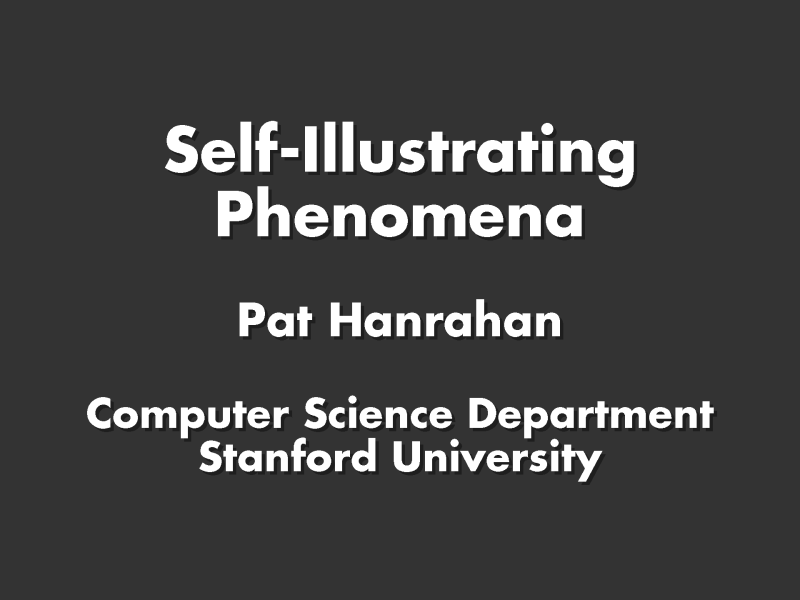
Thank you so much Kelly (Gaither) for that kind introduction, and thanks to all of you for sticking around to the very end of the conference. I appreciate it.
Throughout the conference there has been a great deal of discussion about the future of visualization research. A group of us are helping Jim Thomas put together a research agenda focused on analytic reasoning; another effort has been driven by NSF and NIH. As part of these efforts, many people are putting together lists of the most important problems in the field.
It is important to begin with the goals of visualizations, which I think are easy to state. At a high-level: to convey information and to support reasoning. At a practical level: To create visualizations that scientists, engineers, doctors, analysts and ordinary people use everyday to solve problems; to build systems that increase their productivity and hopefully make their job easier.
I have long wondered whether we are achieving these goals. Are the images and systems we are developing enabling the widespread use of visualization? Looking over the program at this year?s conference, I see most of our effort is focused on algorithms for volume rendering, iso-surface extraction, and flow visualization. Suppose we solved these particular technical problems: Would we have solved the fundamental research problems in the field?